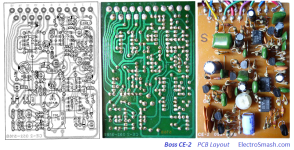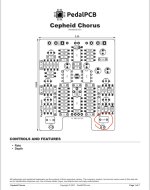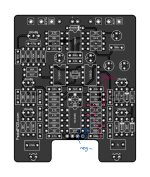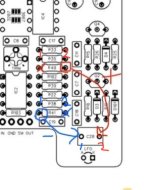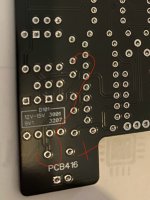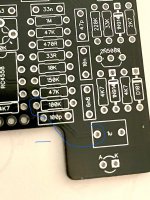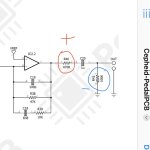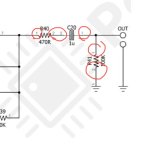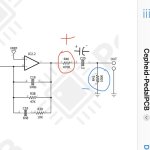cylnplnt
Member
I’m preparing to build the Cepheid Chorus attempting to use parts as close to the original as possible. I’m mainly using the article on electrosmash.com as reference. One part has me stumped. What I’m finding in examining old pedals is there absence of box caps. The Cepheid calls for a 1uf box cap in C20. From what I think I can determine this was an Electrolytic in the original(C17 in the boss schematic). My questions are:
-If I wanted to use an Electrolytic how do I determine which direction the polarity is in the Cepheid PCB?
-Is there a general way to tell the direction for polarity on a PCB?
I’m an absolute beginner with an interest in recreating classic pedals. I am only just beginning to understand how to read schematics. The extent of my multimeter knowledge is how to test resistors, and test which direction diodes go. I’m still grappling with technical terms.
-If I wanted to use an Electrolytic how do I determine which direction the polarity is in the Cepheid PCB?
-Is there a general way to tell the direction for polarity on a PCB?
I’m an absolute beginner with an interest in recreating classic pedals. I am only just beginning to understand how to read schematics. The extent of my multimeter knowledge is how to test resistors, and test which direction diodes go. I’m still grappling with technical terms.


